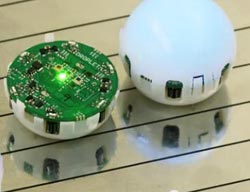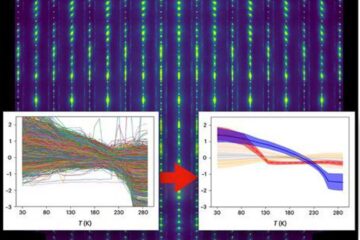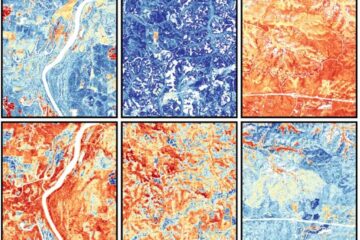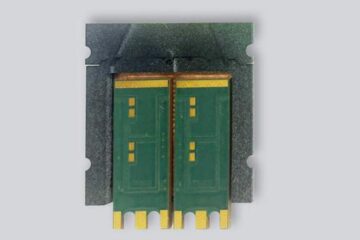CU-Boulder team develops swarm of pingpong ball-sized robots

Researchers creating team of tiny robots<br>
Correll and his computer science research team, including research associate Dustin Reishus and professional research assistant Nick Farrow, have developed a basic robotic building block, which he hopes to reproduce in large quantities to develop increasingly complex systems.
Recently the team created a swarm of 20 robots, each the size of a pingpong ball, which they call “droplets.” When the droplets swarm together, Correll said, they form a “liquid that thinks.”
To accelerate the pace of innovation, he has created a lab where students can explore and develop new applications of robotics with basic, inexpensive tools.
Similar to the fictional “nanomorphs” depicted in the “Terminator” films, large swarms of intelligent robotic devices could be used for a range of tasks. Swarms of robots could be unleashed to contain an oil spill or to self-assemble into a piece of hardware after being launched separately into space, Correll said.
Correll plans to use the droplets to demonstrate self-assembly and swarm-intelligent behaviors such as pattern recognition, sensor-based motion and adaptive shape change. These behaviors could then be transferred to large swarms for water- or air-based tasks.
Correll hopes to create a design methodology for aggregating the droplets into more complex behaviors such as assembling parts of a large space telescope or an aircraft.
In the fall, Correll received the National Science Foundation’s Faculty Early Career Development award known as “CAREER.” In addition, he has received support from NSF’s Early Concept Grants for Exploratory Research program, as well as NASA and the U.S. Air Force.
He also is continuing work on robotic garden technology he developed at the Massachusetts Institute of Technology in 2009. Correll has been working with Joseph Tanner in CU-Boulder’s aerospace engineering sciences department to further develop the technology, involving autonomous sensors and robots that can tend gardens, in conjunction with a model of a long-term space habitat being built by students.
Correll says there is virtually no limit to what might be created through distributed intelligence systems.
“Every living organism is made from a swarm of collaborating cells,” he said. “Perhaps some day, our swarms will colonize space where they will assemble habitats and lush gardens for future space explorers.”
For a short video of Correll’s team developing swarm droplets visit http://www.colorado.edu/news/multimedia/researchers-creating-team-tiny-robots. For more information about CU-Boulder’s computer science department visit http://www.colorado.edu/engineering/academics/degree/computer-science.
Contacts
Nikolaus Correll, 303-492-2233
Carol Rowe, 303-492-7426
Media Contact
More Information:
http://www.colorado.eduAll latest news from the category: Power and Electrical Engineering
This topic covers issues related to energy generation, conversion, transportation and consumption and how the industry is addressing the challenge of energy efficiency in general.
innovations-report provides in-depth and informative reports and articles on subjects ranging from wind energy, fuel cell technology, solar energy, geothermal energy, petroleum, gas, nuclear engineering, alternative energy and energy efficiency to fusion, hydrogen and superconductor technologies.
Newest articles

Machine learning algorithm reveals long-theorized glass phase in crystal
Scientists have found evidence of an elusive, glassy phase of matter that emerges when a crystal’s perfect internal pattern is disrupted. X-ray technology and machine learning converge to shed light…

Mapping plant functional diversity from space
HKU ecologists revolutionize ecosystem monitoring with novel field-satellite integration. An international team of researchers, led by Professor Jin WU from the School of Biological Sciences at The University of Hong…

Inverters with constant full load capability
…enable an increase in the performance of electric drives. Overheating components significantly limit the performance of drivetrains in electric vehicles. Inverters in particular are subject to a high thermal load,…





















